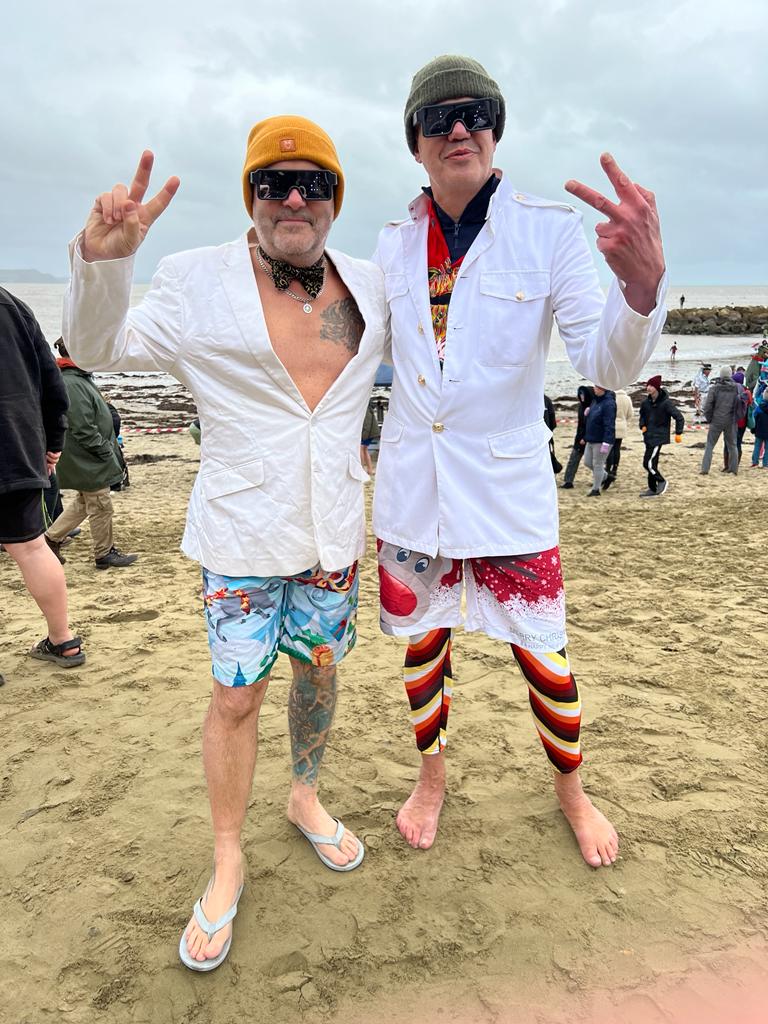Nottingham is an interesting place. Sat halfway up the country, home to Byron, Boots, Raleigh and lace. It is not somewhere I previously considered but starting to work with the university there and my youngest daughter going to university in the city, has brought it into focus. I met an orchestral leader and educator in the city, someone who transferred their life from LA to the East Midlands. For work, such is the joy of academia, throwing you around the world in search of nirvana. Looking for the excitement and safety in equal measures. Academic working puts your whole sense of place in another context because it provides opportunity and threat. The chance to travel around the world, put small roots down wherever the best role seems to fit. It also keeps you there though because when you start to specialise in an area the options become less apparent. You raise a family and don’t want then have to decamp somewhere else. It provides a level of paranoia, especially within the creative arts that are under attack yet again in Higher Education. Leave those teams alone. Fight alternative beings rather than going for the easy targets situated within the arts. The creative arts bring a whole range of excitement, interest and sets of skills that really traverse boundaries. Reflexivity, stamina, concentration, innovation, dedication, collaboration, humour, physicality, neuroscientific skills which are transferable or just lay in place to entertain. Local Councils like that in Birmingham or Nottingham are in financial peril, so the first they consider is to cut the arts. But these are the elements which make them, drive local industries, provide employment, set the tone of a place. Why not think about doing the reverse. Embrace the arts, place trust in their ability to lead your city to prosperity.
I am exploring the concept of scenius, the collective genius existing within scenes. Exploring the intricate parts which make up successful scenes, lifting them beyond the norm. I see the main elements as centred around hierarchies, process, experimentation, relationships and flow. The Bristol music scene as defined by bands such as Massive Attack and Portishead brought disparate parts of the city together. St Pauls and Clifton, placed in the Dug Out club and revolver records equidistant between both areas. The music resonated with the sound of the city, the Bristol hum, water sloshing underneath the pathways, providing a resonant frequency which connected with the bass music, a slow tempo with depth. An ethos based on attitude. Political protest. Standing up for the common good. Preparing to fail or anger the regular creative arts industry. Banksy. Placing faith in art. No compromise. No sellout. Each place has its own resonance, connects through natural and social factors. It’s time again to fight for the arts, to provide the new upcoming government with so much evidence that they finally support the arts once and for all, enshrines British culture with the security it needs and deserves.









